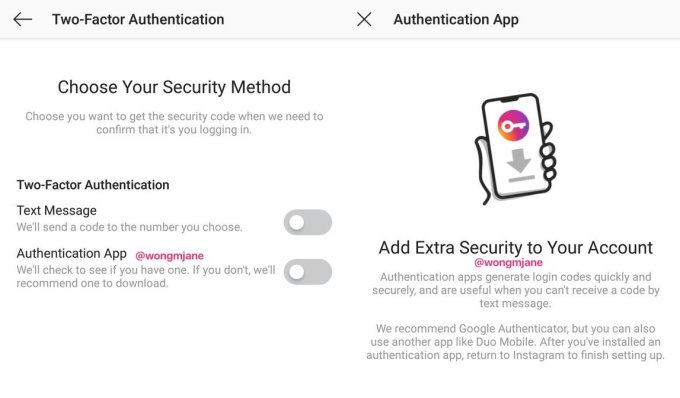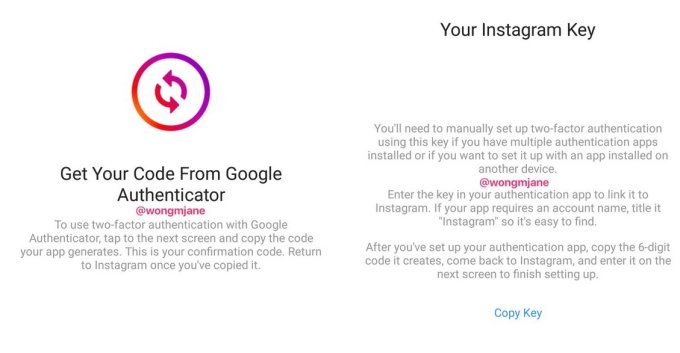Ben Bloch is a Los Angeles-based serial entrepreneur. He is best known for his focus on emerging business opportunities at IBM, followed by contributing his leadership in three startup exits, including clean-tech company Econation, which he co-founded in 2009 and sold in 2012.
More posts by this contributor
Technological innovation is moving at an ever-accelerating pace, and this comes with vast benefits and inevitable changes to our way of life. One downside is that machine learning and automation are already replacing jobs, and this will increase rapidly. It also has the potential to replace much of that income with Universal Basic Income (UBI), or government cash handouts to all adult citizens, perhaps starting with covering some element of taxes and rising in the range of $100,000/year per citizen within the next 20 years.
Sound ludicrous? Proponents of UBI include well-known figures such as Mark Zuckerberg, Richard Branson and Elon Musk. Musk stated last year that he believed job loss would be so severe due to automation that some form of UBI will be necessary to support our society. Bill Gates suggested that every time an employee is replaced by a robot, or in most cases software using automation through artificial intelligence or machine learning, that the business owners should have to pay a tax on that, much like the employee would on wages. But to date, most other UBI ideas have involved raising taxes on people with higher earnings. What if the real solution to UBI was through a path of lowering income taxes on all people?
Stanford lecturer and executive director of East Palo Alto-based investment bank Woodside Partners, Kartik Gada believes that continued technology deflation will both lead to the need for UBI and a route to fund it, rather than increased government debt. In his ATOM publication, Gada gives a great deal of data supporting his argument. “In response to technological deflation, the central banks of the world will have to create new money in perpetuity, increasing the stream at an exponentially rising rate much higher than is currently assumed,” says Gada. “This now-permanent need for monetary expansion, if embraced, can fund government spending more directly. This in turn creates a very robust, dynamic, and efficient safety net for citizens, while simultaneously reducing and even eliminating most forms of taxation by 2025.”
Technological deflation is caused by a convergence of rapidly deflating technologies to an ever-rising percentage of the economy. Gada estimates that technology comprises about 2 percent of the world economy currently, and this percentage is on the brink of rising quickly.
For example, in 2007, the iPhone replaced most of the technology in your home, leading to less need for new purchases in that category year to year. The same iPhone 8 that you just bought for $699 will likely cost a quarter of that to buy new in three years, partly due to the release of a newer, faster, more powerful model at the top of the price ladder. Home Internet of Things devices, from Alexa and Ring to Nest, also are replacing and consolidating multiple normal purchases into lower-cost devices.
So while the price of new tools and toys might seem like it is going up on a case by case basis, it’s rapidly decreasing versus capabilities, speed, power, number of purchases required, etc. In addition, artificial intelligence and machine learning are driving use of automation up and use of employees for specific roles and functions down. Amazon reportedly installed 75,000 robots to replace human jobs in 2017. This helps them and other companies drive down costs, which makes it possible to offer lower prices across the board.
Income taxes can be eliminated and an unconditional Universal Basic Income can be funded.
These factors, from continued innovation and efficiencies, paired with automation that reduces jobs and prices, has led to fewer consumer purchases and rapid overall declines in aggregate consumer spending — and could lead to serious problems for employment and the overall economy. If this happens, it may be more far-reaching than many realize and will certainly be scary for some along the way. Gada believes that we are nearing a point in our economy during which deflation is a more serious threat than inflation as the percentage of technological goods we buy increases and the cost and number of those goods decreases.
To make up for this deflationary pressure, the Federal Reserve first lowered the Fed Funds rate to 0 percent. But when deflation proved to be too much for even that, they had to go even further, and generate all new liquidity above that.
To this end, the Federal Reserve embarked on a program known as Quantitative Easing (QE), relying on the purchase of mortgage-backed securities and treasuries.
Other countries followed suit with similar programs. This has staved off deflation for now, but this may not continue to work in the next crisis without alternate methods of dispersing capital in a more direct, cash-oriented manner.
Eventually, central bank actions like QE will have to be permanent and ever-increasing. Enter the notion of funneling the QE money into a form of UBI. As automation and technology efficiencies increase, this also will create great savings for world governments as they can now deliver services for far less cost. While governments may not lower taxes willingly, competitive pressure between states and nations will rise, forcing them to compete for efficiency of governance. It is in this manner that income taxes can be eliminated and an unconditional Universal Basic Income can be funded.
The key is that as income tax is phased out and technology is monetized to fund government, new jobs are created more quickly, and this offsets the job loss through automation, with the UBI serving as a cushioning mechanism while people transition. Ultimately, Gada believes that the phase-out of income tax combined with UBI will foster a vastly higher degree of entrepreneurship in the economy, and this will be the source of most professional activity in the future.
Under the transition program that Gada has outlined in his publication, the numbers start in the early thousands of dollars each year per citizen, and rise continuously to upwards of $100,000 in the 2030s. That number may seem high, but is not outside of the range of long-term trendlines in world economic growth or the ever-accelerating levels of central bank liquidity actions being done worldwide. Not to be forgotten is the high cost of income tax on productivity and entrepreneurship, and how both will find a greatly enhanced climate when the tax burden on humans is lowered.
Could we be on the brink of an age where a much more advanced version of the #TaxRobots idea that Bill Gates has advocated can indeed be implemented? According to Kartik Gada, this may not be too many years away.













